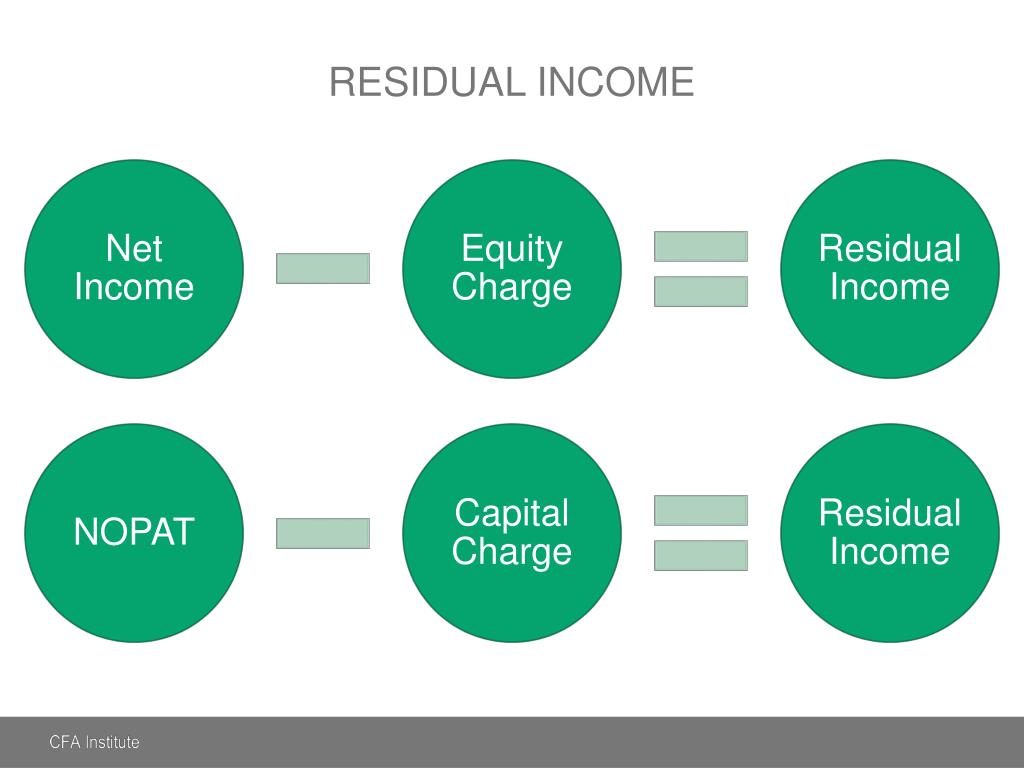

Residual income and passive income can be important considerations for anyone trying to increase financial stability and pursue long-term financial goals. You can collect more passive income by using residual income to invest in new income-generating investments or exchanging current investments for new ones that earn better yields. Some passive income activities require some attention and effort, such as managing real estate. Some of the most popular include investing in dividend-paying stocks, depositing money in interest-bearing accounts and investing in residential real estate. Passive income can come from many sources. People can cut costs to boost residual income by reducing entertainment subscriptions such as cable television, paying off a high-interest credit card, shopping for better rates or insurance or moving to a less costly home, perhaps in a different area. Reducing expenses can effectively increase residual income even if overall income doesn’t change or even declines modestly. Residual income can also be increased by generating passive income, such as by investing in dividend-paying stocks. To increase income, a wage-earner may request a raise from the employer, take a second job or sell unused assets such as excess furnishings. Increasing residual income involves either increasing overall income, reducing expenses or both.

Passive income can also reduce the risk of hardship due to interruptions to sources of earned income, such as wages and salary from a job. If passive investments produce enough money, an investor may be able to retire early. Passive income is highly valued by investors and retirement savers because it allows someone to increase their wealth without having to devote time, energy or funds to the effort. Passive income can also come from royalties paid to an author, tuition fees charged to people who take an online course and interest in an I.O.U.

Common sources of passive income include interest from savings accounts or bonds, dividends from stocks and rental income from real estate. Passive income is money earned without active involvement by the investor or owner of that money. You can speak to a financial advisor about how residual and passive income can play a role in your finances. Reducing living expenses or finding ways to create additional earned income can also boost residual income. Generating passive income can increase the amount of an individual’s residual income. Passive income is money earned without significant ongoing active effort while residual income refers to the funds an individual has left after living expenses have been covered. Passive income and residual income are two types of personal revenue that separately or together can have a sizable effect on an individual’s financial comfort and ability to reach financial goals.


 0 kommentar(er)
0 kommentar(er)
